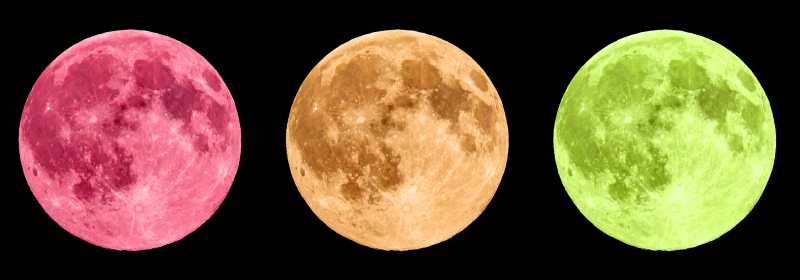
A telescope can be a fun way to explore objects in our solar system. If you have a telescope, you might be interested in an accessory filter, which will allow you to see even more in the sky. You can choose filters for solar, planetary and lunar, or deep sky viewing.
Solar Filters
We can’t really observe the sun with the naked eye, so solar filters are an excellent way to view properties of our star. These nickel and chromium top-mounted filters reduce the intensity of the sun to avoid eye injury when viewing the star. With a solar telescope filter, you’ll be able to see sunspots and granulation on the sun’s surface. When mounted at the top of the tube, these filters give you an orange tint. Depending on your telescope, these glass filters may cost from $60 to $200. Thousand Oaks produces many of these filters, and you can see one at Amazon.
Mylar solar filters are a little less expensive than glass filters. These are mounted in a metal frame and fit over the telescope tube. This type of filter is like a welding filter; however, welding filters are only suitable for naked-eye sun viewing. However, Mylar filters tend to give the sun a bluish color, and some people may not prefer this.
Recently, a new type of telescope filter is available, a type of metallic polymer film. You might observe some wrinkling with this type of filter, but it doesn’t affect viewing quality. This filter can also be cut to fit binoculars or cameras as well. They are durable and give a nice white color to the image you view. The cost of these filters is in the same range as glass filters.
Planetary Filters
Another type of filter that might interest you is a planetary and lunar eyepiece filter. These are a type of optical-quality glass threaded onto the telescope’s eyepiece. What they do is alter some colors of light while blocking others. The colors of these filters are labeled in the same way as camera filters, and you probably won’t need the full range of colors. Number 23A or 25 (red) filter increases contrast when looking at Mars or allows viewing of Venus during the day. Number 56 or 58 (light green) filter pops Jupiter’s great storm spot and cloud bands. The Number 80A eyepiece filter (blue) gives you details such as clouds on Mars or Jupiter.
A Neutral Density filter is ideal for viewing the moon. Viewing the moon through a telescope is incredibly bright. This neutral eyepiece filter reduces the glare while looking at the moon. You can also choose a polarizing filter for lunar viewing. It can bring the level of moonlight down to a tolerable point.
These types of filters are very affordable, ranging in price from $15 to $20, and a small set gives you a more pleasant viewing experience.
Deep Sky Filters
You may be interested in viewing objects even farther away than the moon or sun. For this, you’ll need a deep sky filter. These are filters that can enable you to view things such as nebulae and galaxies, bringing the distant sky objects within view. One is the Lumicon Deep-Sky, but other manufacturers such as Thousand Oaks also produce these broad-band filters. Narrow-band filters will bring out more contrast in objects like nebulae. However, these types of filters require some special adaptations, and may not be appropriate for the novice telescope user.
If you’re a beginner or an intermediate viewer, a filter starter pack will make an ideal addition to your scope. One such beginners filter pack is made by Orion, and you can see it at Amazon. It comes with seven accessories: two eyepieces, a Barlow lens, and a wide range of filters, including three colors and a neutral-density filter. This beginners filter pack is kept safe and secure inside a hard case. Solomark also makes a beginners filter pack, with five eyepieces and seven filters. This filter pack is available at Amazon. Gosky also offers a starter kit, with 15 pieces in a hard, protective case. You will get five colored filters and a special moon filter, and the case has slots for additional accessories like a laser pointer. You’ll find it at Amazon.
All in all, a set of telescope filters can immensely enrich your viewing pleasure, whether you want to see the sun, moon, or nebulae and distant objects in the sky. No single filter can do it all, so a variety of filters will expand on what you can see in your telescope.
